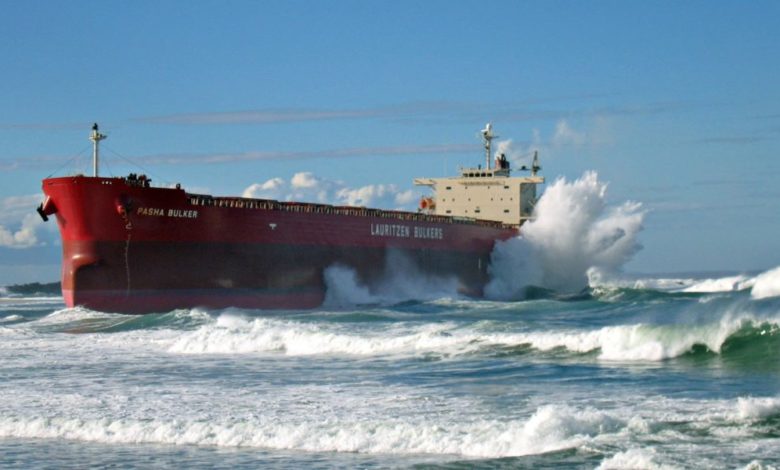Big bulkers best bet for bargain-buyers

London: Buyers looking for second-hand ships at bargain-basement prices should go big and go dry while the market is low, new research has revealed.
“The best buys at the moment are big and dry vessels; for instance, very modern capesizes and panamax vessels, Japanese- or Korean-built only,” Richard Rivlin, chief executive of Seasure Shipbroking and VesselsValue.com (VV), told Splash today. “When the market turns, these vessel types will see the biggest rise in values.”
Residual asset values remain high throughout the lifespan of larger vessels, especially for the good-quality vessels built in South Korea and Japan, making them a wise buy.
A capesize currently has a market value of around $33m – way below its mean implied long-term value of around $85m, VV data says (see graph below) – which means there is scope to make a killing when (or if) the market turns up.
A vessel’s mean or median implied long-term value indicates its value in terms of earning potential over its lifespan, calculated using the respective average or median charter rates from the past 10 years (the discounted cash flow (DCF) values or income values).
Markets for large vessels such as capes see greater rate volatility than for smaller vessels, and so have greater earning potential in the long-run when the market picks up.
In today’s spot market, capes command around $3,200 per day, down from a 52-week high of $26,800 seen in November, brokers from Seasure told Splash today.
Supramaxes are another “bargain” vessel type right now. The vessels have a mean long-term implied value of around $41m, VV says, compared to a current market value of just $17m.
Supras are trading at daily rates of around $3,200 in the spot market today, down from a high of $12,643 in March 2014, Seasure said. Nevertheless, during recent weeks the Baltic Supramax Index has seen steady growth in small increments.
In spite of being a bargain on paper, S&P transactions for capesizes have been few and far between while the market stays weak. The last trading sale of a capesize vessel was on January 8, when Norden sold the Japan-built cape Nordtramp (171,200 dwt, built 2001) to Seanergy for $17.3m.
Likewise, only five supras have changed hands since January 1, of which four were built in Japan, VV data says.
Resale contract values for bulker newbuildings have taken a hit since the start of this year, as Splash reported previously, particularly among the smaller vessel sizes.
The Baltic Dry Index today fell three points on yesterday to 563 points today, driven down again by the persistently weak cape market.
The Baltic Cape Index has contracted every day since February 10, falling 26 points on yesterday to 431 points today (basis 180,000 dwt vessel).
![The wide differential between market value and long-term implied market value mean that capes and supras are bargains right now when compared to their earning potential. [Data: VesselsValue.com]](https://splash247.com/wp-content/uploads/2015/03/VesselsValue-March-11-Market-Value-VS-Implied-DCF-Value-Bulker.png)
